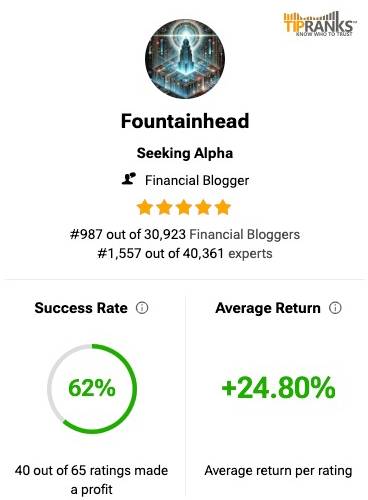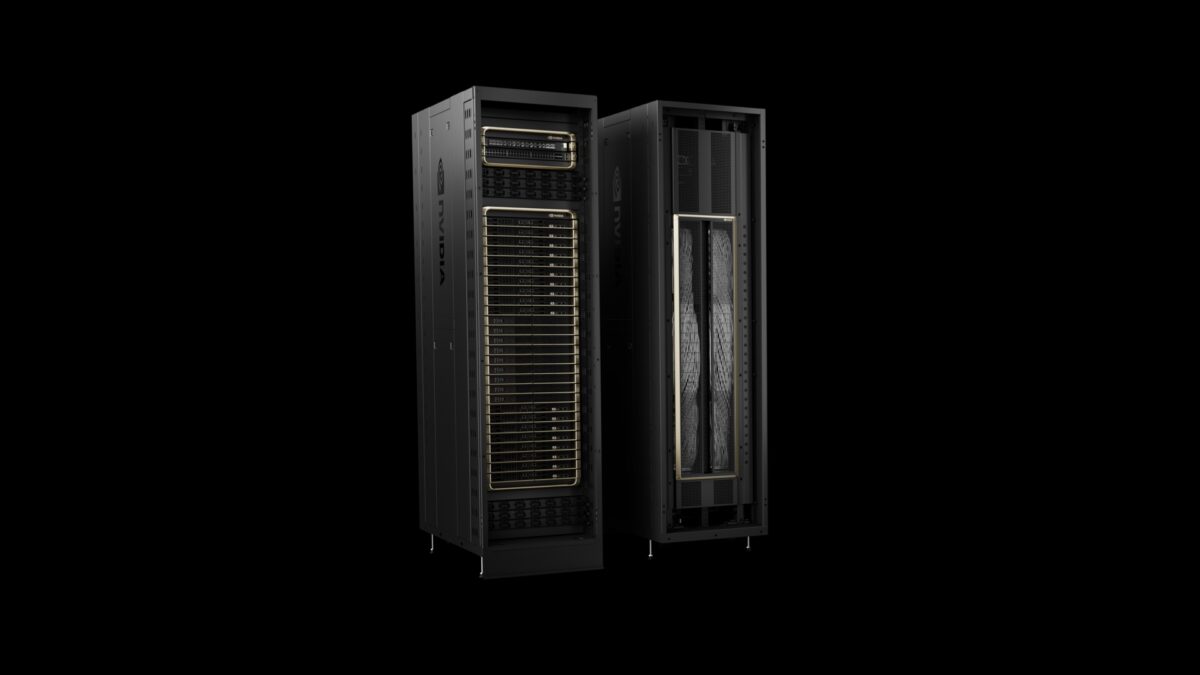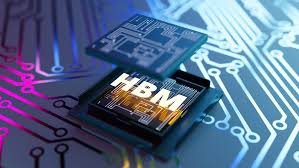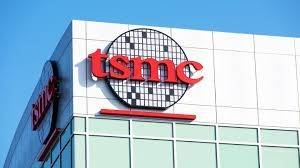02/11/2025
Confluent (CFLT) $37 – Still worth buying.
I’ve owned it for over two years but will pyramid (add smaller quantities on a large base) it further.
Why is this company still worth investing in after a 20% post-earning bump?
Four important catalysts
Databricks partnership: The partnership with Databricka, which is much better known and valued increases brand awareness and opens a lot of new opportunities and doors.
This could accelerate growth from the current 22-23%.
Strong customer base: 90% of its revenues are coming from 100K + ARR clients.
The $1Mn+cohort saw the highest growth, and Confluent managed a net ARR of 117%, indicating strong upselling.
A changing data processing market: The entire batch processing model could be up for grabs – customers moving at the speed of light and willing to pay for the latest technology could be a huge TAM.
This is a paradigm shift, which Confluent has been trying to build into for a decade. 2025 might be that inflection year, with all the AI build-outs and use cases that are likely to need live processing – Confluent is the leader in that field. To be sure it’s not going to throw data processing models into obsolescence, why would you spend money on data that doesn’t need to be processed in real-time, but could take a large chunk of that market?
Snowflake acquiring RedPanda: Snowflake is reportedly trying to buy streaming competitor RedPanda for about 40x sales: While it’s not an obvious comparison, Red Panda is supposedly less than 10% of Confluent’s revenues but growing at 200-300%. But it’s the synergy with the larger data provider that’s getting it a massive price tag – Snowflake would love to have this arrow in its quiver of data tools.
Confluent is best positioned to take advantage of the possible shift from batch processing to processing in data streaming; its founders invented Apache Kafka, the open-source model for data streaming. And while its own invention is available for free – managing and maintaining it at scale needs the paid version. Over the years with the focus on Confluent Cloud, Confluent gets 90% of its $1Bn revenue from customers over $100K in annual revenue.
Confluent has the cash the tech chops and the focus – sure Apache Kafka is open source and many cloud service providers like AWS and Microsoft also provide enough competition, but no one has the product breadth that Confluent does.
I would not be surprised if Confluent’s multiple expands from the current 8x sales after this earnings call.
Here are the details of the December 2024, 4th quarter earnings:
- Q4 Non-GAAP EPS of $0.09 beat by $0.03.
- Revenue of $261.2Mn (+22.5% Y/Y) beat by $4.32Mn.
- Q4 subscription revenue of $251Mn up 24% YoY
- Confluent Cloud revenue of $138Mn up 38% YoY
- 2024 subscription revenue of $922Mn up 26% YoY
- Confluent Cloud revenue of $492Mn up 41%YoY
- 1,381 customers with $100,000 or greater in ARR, up 12% YoY.
- 194 customers with $1Mn or greater in ARR, 23% YoY.
Financial Outlook
| Q1 2025 Outlook | FY 2025 Outlook | |
| Subscription Revenue | $253-$254 million | $1.117-$1.121 billion |
| Non-GAAP Operating Margin | ~3% | ~6% |
| Non-GAAP Net Income Per Diluted Share | $0.06-$0.07 vs. consensus of $0.06 | ~$0.35 vs. consensus of $0.35 |













